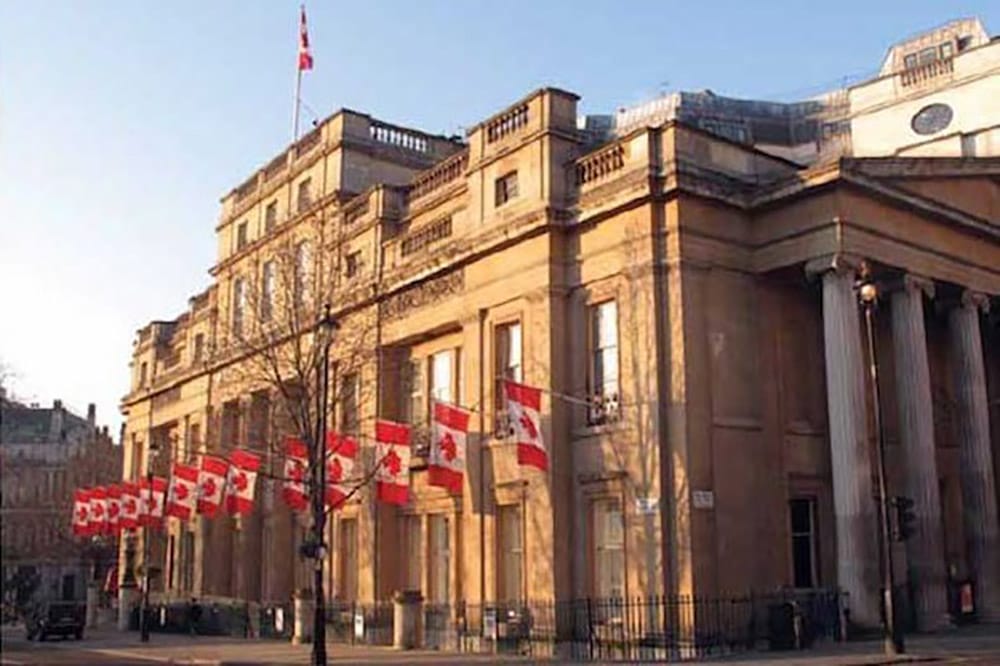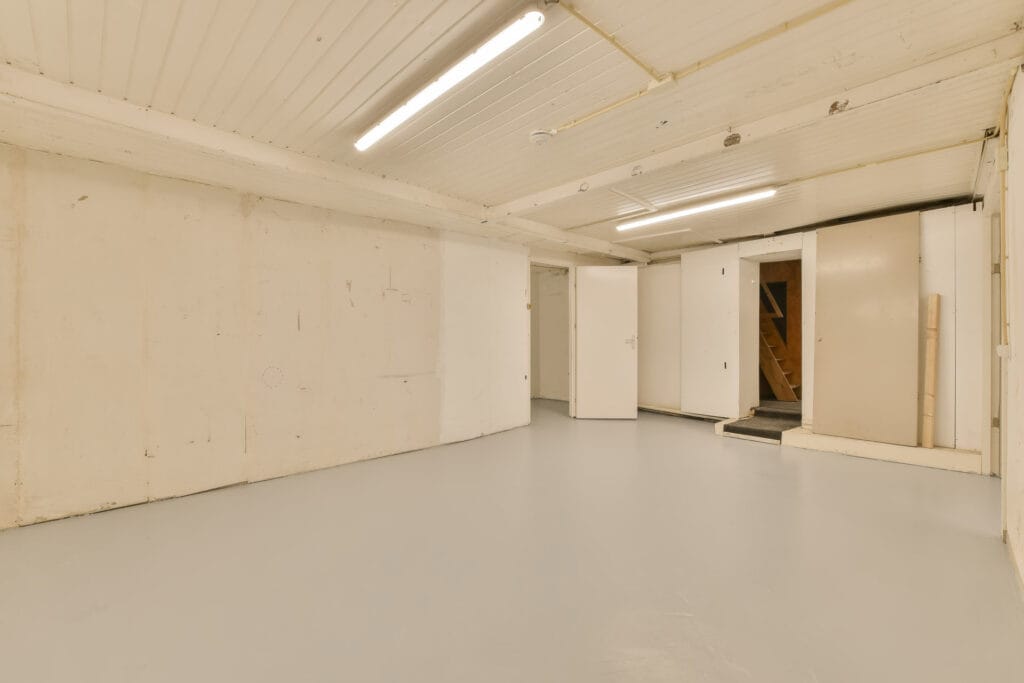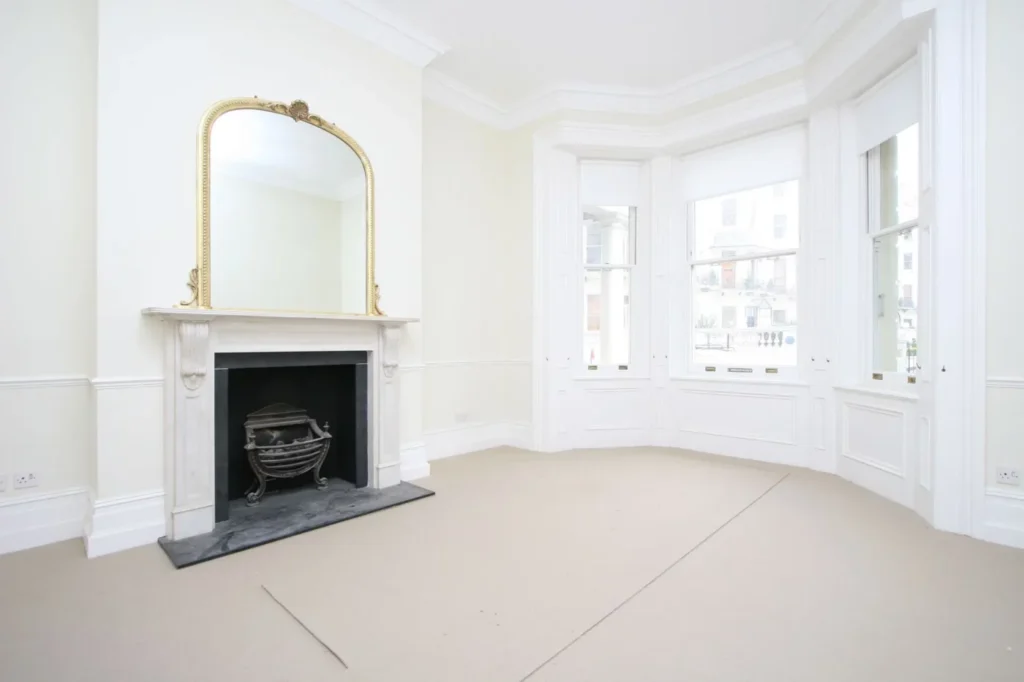Canadian High Commission
The Canadian High Commission building in Trafalgar Square, London, is an iconic piece of British-Canadian history.

The Canadian High Commission building in Trafalgar Square, London, is an iconic piece of British-Canadian history. The building was originally constructed as a memorial to the fallen of the Boer War at the beginning of the 20th century, but underwent major renovations in 1929 when it became the home of Canada’s first high commissioner and diplomatic mission to the United Kingdom.
The building is a stunning example of Edwardian architecture, with its imposing façade, grand staircase, and the statue of a Canadian soldier standing guard at the entrance. The Canadian High Commission, which has been in Trafalgar Square since 1923, is an important symbol of the strong bond between Canada and the United Kingdom and is visited by many dignitaries each year. It stands as a reminder of the long-standing friendship between two nations that share so much history. The building was refurbished in 1997–98, and it’s one of the most striking buildings surrounding the square, with thousands of tourists taking it in each year.
What We Found Inside
While the building as a whole is a symbol of peace, impressive architecture, the inside told another story. Our thorough survey found a damp basement. This had led to a subsequent issue within the structure where wet rot had set in, affecting the underground space.
What Is Wet Rot?
Many of London’s older properties are made with timber, up to 75% of the entire structure. Given the age of the Canadian High Commission building, it makes sense that parts of it would be constructed with wood. Now, the problem with wood is, it can be subject to degradation over time, namely in the form of wormwood infestations, dry rot, and, of course, wet rot.
Wet rot is the more common form of wood degradation in buildings and is often used as a collective term for several types of white rots and brown rots, all of which survive and thrive in very high moisture areas, sometimes this can go beyond wooden surfaces or mat. They grow extremely close to the water source, which usually occurs as a result of defects with the original build, rising damp, or penetrating damp.
Often found under floorboards, wet rot presents itself by way of a damp and musty smell, floorboards with a spongy, springy feel, and swollen and misshapen structural timbers. While less destructive than dry rot, wet rot absolutely needs to be stopped in its tracks before permeating a large section of your property. If it is not treated in time, the damage to the structure could become permanent.
Our Analysis: Basement Tanking
Our survey determined that basement tanking was the ideal solution to our problem. But what is it exactly? To begin, when a cellar or basement is originally created, an external tanking system should be put in place to keep moisture out of the area. Unfortunately, since basements are situated underground, they still remain vulnerable to dampness and water entering through cracks over time.
As basement tanking specialists, we provide a variety of services that will make your underground space waterproof and damp-free. We provide cavity drainage membrane installation to efficiently drain away water; sump pumps move the liquid far from the property and into storm drains; and our multi-coat render seals off walls on the inside, blocking out moisture intrusion. In other words, basement tanking is an excellent way to safeguard your home against humidity, and underground moisture ingress.
How We Handled the Problem
Once our survey had revealed the extent of the damage, we replaced the basement cavity membrane, applied waterproof render and skim, and screed a new waterproof floor. The wet rot that had developed as a result of the damp basement meant replacing rotten timbers and treating those that remained. While it was unfortunate that the original timber pieces had to be replaced, in cases like this, it is often the best course of action, if not the only one, if one wishes to preserve the integrity of the overall structure.
"Paul and Carlton did a very good job to insulate the loft. Carlton was very reliable, hard working with attentive to details. I would highly recommend the service."
Request a Free Damp Survey
"*" indicates required fields

